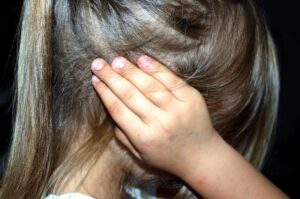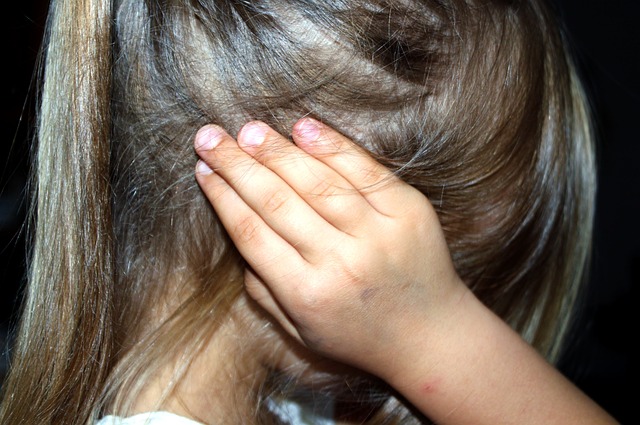Canada: 548 sexual abuse in schools in five years

TORONTO – Even one case, only one, of child sexual abuse in a school setting would be extremely serious. Well, from 2017 to 2021 such cases in Canada would have been 548. “At the very least,” says the disturbing report made by the Canadian Center for Child Protection, calling for action by the federal government in this regard, given the incredible number of reports of sexual abuse within schools in Canada.
Abuses committed, brace yourselves, by school staff: according to the same report, in fact, 252 Canadian elementary and high school operators (including teachers, janitors, etc.) have committed or have been accused of committing crimes of nature sexual against a minimum of 548 children. Not only that: 38 other members of the school staff have been criminally accused of autonomous crimes related to child pornography.
The data, which come from a review of disciplinary records, media sources and criminal case law, also show an increase in reports of abuse compared to the last study published in 2018. The phenomenon, therefore, is growing.
“Most of the systems involved in the discipline of school staff have no independent control and are not publicly transparent,” according to the Center’s report. Furthermore, “there are often several disjoint entities involved in the process without any organism ultimately responsible”.
A newly formed group called Stop Educator Child Exploitation (SECE), made up of “survivors” of sexual abuse “at the hands of school staff,” says Canada’s mosaic of victim reporting policies, practices and mechanisms needs overhaul . The group has published its own set of recommendations for reform, including a call for the establishment of national or provincial bodies to deal with complaints in a more organic way.
“Although most of the teachers are honest and caring people, there will always be sexual predators in our schools,” says the SECE report. And it is from SECE that there are testimonies that speak volumes about how Canadian schools are “safe”.
Anne-Marie Robinson, SECE member and former Federal Deputy Minister, told CBC last spring that she was a victim of sexual assault by a Toronto high school teacher when she was a student and she says that reports of abuse are ineffective, often linked to school boards or trade unions which in some cases make matters worse for the alleged victims. “You need a safe place to report sexual abuse. You need a place and people you can trust,” she said.
SECE founding member Peter Hamer in turn sued a violent teacher in 1986: the teacher was transferred to another Ottawa school where he abused other students, but he was convicted of sexual assault only 32 years later. “There is no single database in Canada that stores the names of teachers who pose a risk to their students,” the SECE report states.
Noni Classen, director of education at the Canadian Center for Child Protection, says the “survivors” who make up the SECE are helping the Canadian Center for Child Protection. “They told us what needs to be done in school systems, based on their experiences,” says Classen. And she adds that the Ministries of Education of all Canadian Provinces should be “shocked” by the results of the study. Families certainly are. And a question, thinking about those 252 + 38 school operators, arises spontaneously: how was it possible that all this scum was hired in the schools?
Pic by Ulrike Mai from Pixabay



